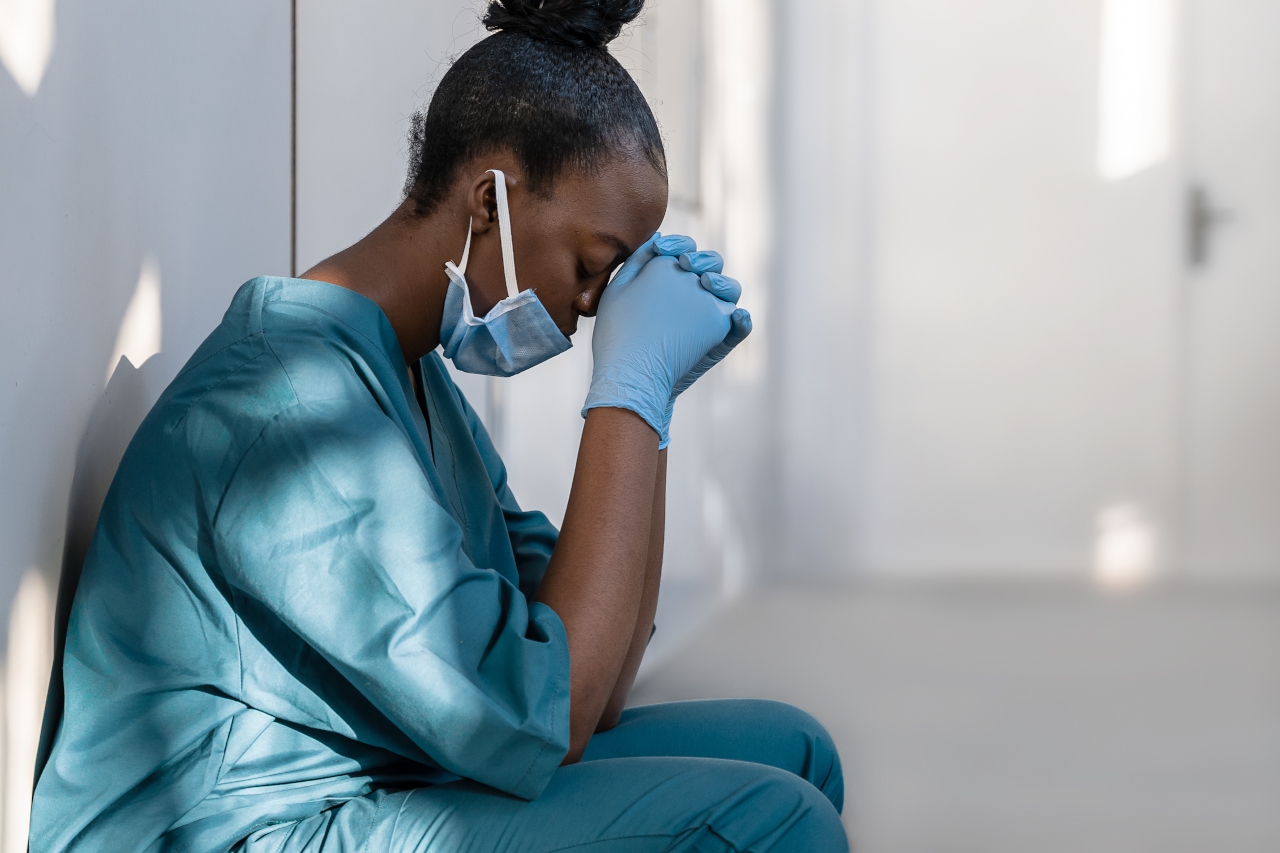Your cart is currently empty!

Why Most Phobias Stem from a Fear of Death
Biblical stories tell us a tale of Adam and Eve. Adam and Eve were just like every creature created by God, until the two humans ate an apple from the Tree of the Knowledge of Good and Evil. From then on nothing was the same. If you believe the story to be true, from then on, humans were gifted and cursed with the knowledge of their own mortality. The knowledge that we will grow to eventually die has a different affect on people. It can make some people crumble, but give others a sense of self.
According to the Terror Management Theory (TMT), we manage our fear of death by giving our life meaning and creating a sense of stability. A lot of us spend time celebrating accomplishments, taking photos of memories and placing them on Instagram, attend religious ceremonies with the faith that there is a pleasant afterlife. These activities increase our self-esteem and empower us against death. Even then, threats to self or loved ones can trigger ineffective coping mechanisms.
Masking the Ultimate Fear with Smaller Fears
Instead of focusing their real fear of death, people may focus on more manageable threats like spiders or heights. I don’t want to discredit these as fears, but these phobias are definitely more controllable than the fear of death. When children experience separation anxiety disorder, it’s primarily due to the fear of losing the person that they are attached; primarily the mother. There’s a reason why you check the lock before going to bed. The caution is used to prevent harm. Compulsive hand washers fear contracting chronic and life-threatening diseases. We are asked today to be socially distant and wear masks. Not because we are afraid of COVID, but afraid of the outcome COVID provides. Common phobias of heights, spiders, and blood all are associated with death with responses that mimic more significant threats like someone pointing a gun at you.
People with social phobias have the same outcome when primed with death. In some studies, when primed with death, those with arachnophobia have increased reaction to spiders and won’t even look at spider-like images compared those in the study who weren’t primed with death. Compulsive hand washers, primed with death, spent more time washing their hands and using paper towels. Those who were primed with death took longer to join social interactions when it comes to social fears. Happy and angry facial expressions were also seen as socially threatening as these expressions indicate some sort of judgement.
The Fear of Death is Normal
We’re all going to die. That’s an inevitable truth. So the anxiety around death is a pretty normal part of the human experience. The symptoms of this anxiety of fear are shown in our everyday phobias. It can stem from separation, loss, pain, suffering, and anxiety about leaving those we love behind. This fear has the opportunity to empower us to cherish the people we love, create memories, and achieve our potential. It can also make us very fearful to the point where these fears can disrupt normal living. It’s up to us to choose.
